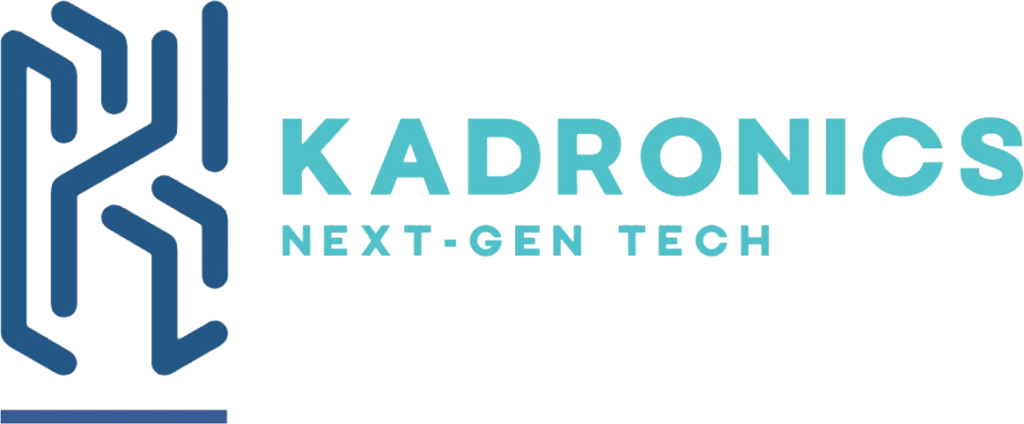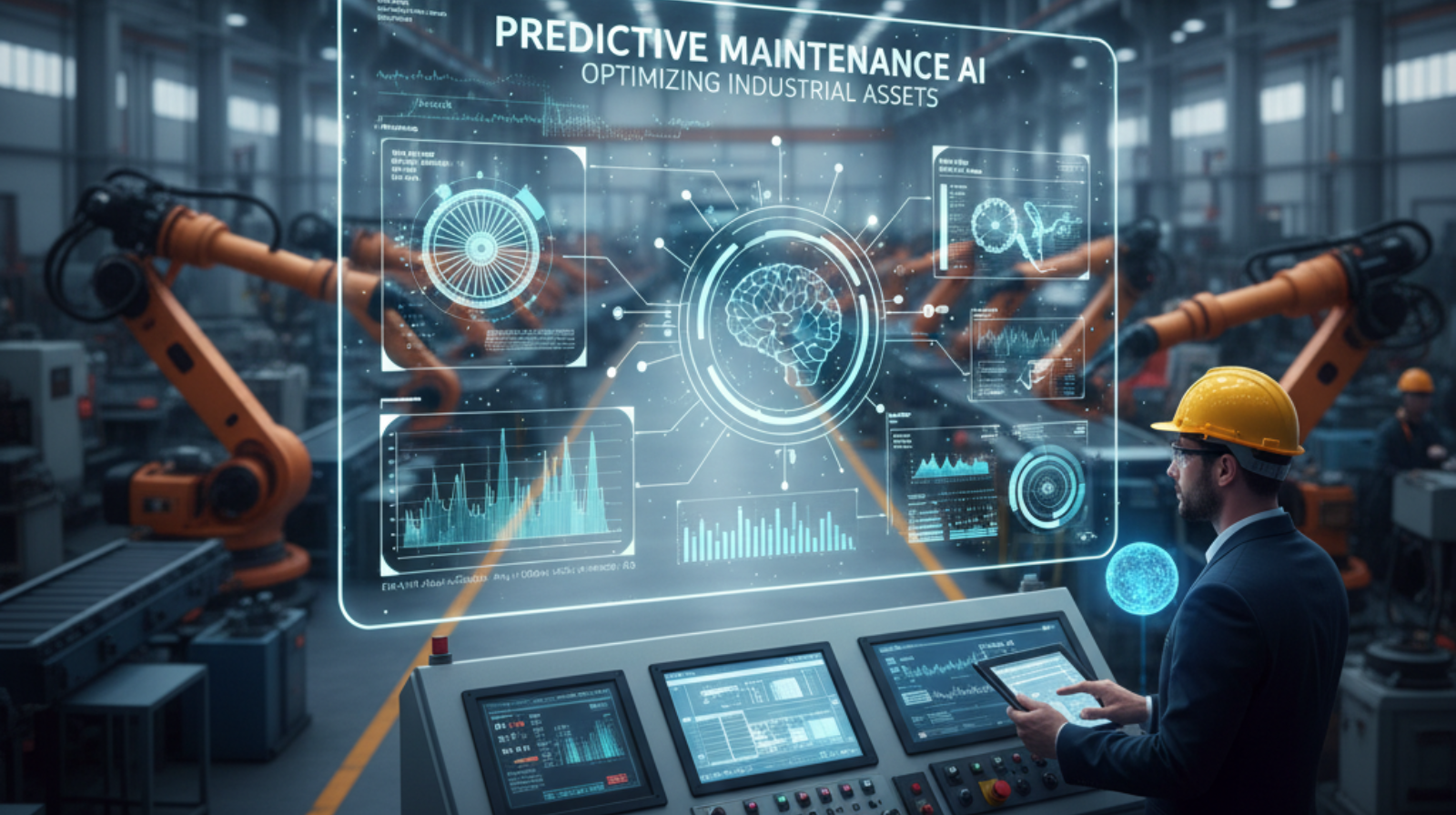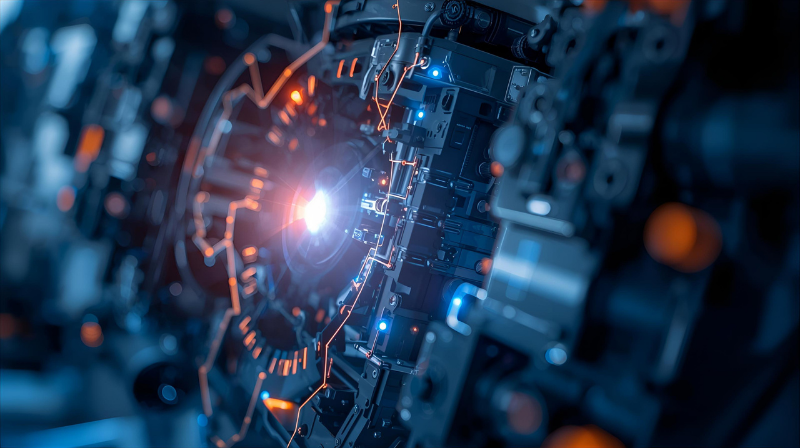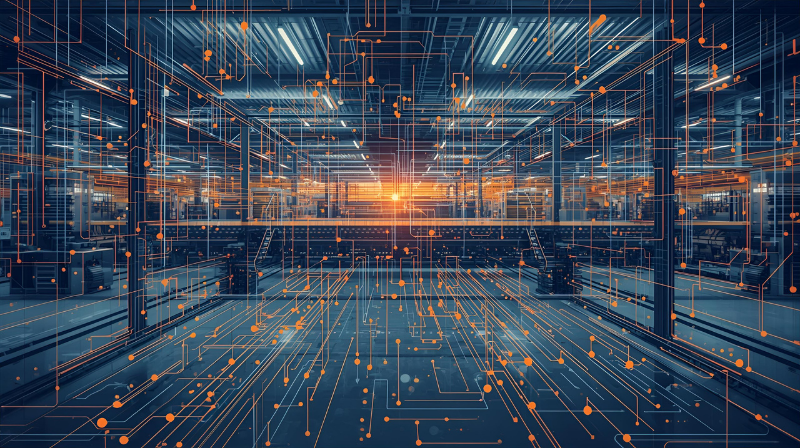In modern industrial environments, unplanned downtime can be devastating. Factories, utilities, and energy companies lose millions each year due to unexpected equipment failures. To combat this, predictive maintenance powered by artificial intelligence (AI) is rapidly becoming a standard practice across industries.
By leveraging machine learning algorithms, sensor data, and industrial IoT (IIoT) systems, predictive maintenance enables companies to detect anomalies, predict failures, and schedule repairs before problems escalate. This not only saves money but also ensures safety, compliance, and efficiency in production lines.
What Is Predictive Maintenance AI?
Predictive maintenance (PdM) is a data-driven approach that uses AI to analyze equipment performance in real time. Instead of relying on scheduled maintenance or reacting to breakdowns, AI systems can forecast when a component is likely to fail based on vibration, temperature, pressure, or acoustic signals.
By identifying patterns in the data, AI provides actionable insights, helping maintenance teams make proactive decisions.
Benefits of Predictive Maintenance in Industry
- Reduced Downtime – Equipment failures are identified early, avoiding costly production stops.
- Lower Maintenance Costs – Repairs are scheduled only when needed, reducing unnecessary servicing.
- Extended Equipment Lifespan – Early detection of wear and tear prevents severe damage.
- Improved Safety – Faulty machinery is repaired before it becomes a hazard.
- Better Resource Allocation – Maintenance teams focus on the most critical issues, improving efficiency.
Key AI Technologies Powering Predictive Maintenance
Several AI-driven technologies make predictive maintenance possible:
- Machine Learning Models – Train on historical performance and failure data to predict future outcomes.
- Deep Learning & Neural Networks – Detect complex patterns that traditional methods cannot.
- Natural Language Processing (NLP) – Used to analyze technician reports, error logs, and maintenance notes.
- Digital Twins – Virtual models of physical assets that simulate and predict performance in real time.
Industries Using Predictive Maintenance AI
- Manufacturing – Assembly lines and robotic systems use PdM to minimize downtime.
- Energy & Utilities – AI monitors turbines, pumps, and power grids to ensure uninterrupted service.
- Oil & Gas – PdM prevents pipeline leaks, drilling failures, and refinery outages.
- Transportation – Railways and airlines use AI to predict mechanical issues before they impact schedules.
- Pharmaceuticals – Strict quality control requires reliable equipment monitoring to prevent compliance failures.
Implementation Challenges
While the benefits are clear, implementing predictive maintenance AI can present challenges:
- High Initial Investment – Requires IoT sensors, cloud computing, and data infrastructure.
- Data Quality Issues – Inconsistent or incomplete sensor data can lead to inaccurate predictions.
- Integration with Legacy Systems – Older machines may need retrofitting to enable AI monitoring.
- Skilled Workforce – Requires data scientists and engineers with AI and industrial expertise.
The ROI of Predictive Maintenance AI
Despite the challenges, predictive maintenance consistently delivers measurable ROI:
- 20–50% reduction in maintenance costs
- Up to 70% decrease in equipment breakdowns
- 25–30% increase in equipment uptime
For companies in competitive sectors, these improvements can translate into millions saved annually.
Getting Started with Predictive Maintenance AI
Businesses considering predictive maintenance should:
- Start with a pilot project on critical assets.
- Ensure data collection systems are accurate and comprehensive.
- Use cloud-based AI platforms for scalability.
- Train staff to interpret AI-driven insights.
- Continuously refine models with real-world data.
✅ Key Takeaway
Predictive maintenance AI is transforming industrial operations by reducing costs, improving safety, and ensuring higher reliability. While initial implementation requires investment, the long-term gains in efficiency and equipment lifespan make it an essential strategy for forward-thinking industries.




